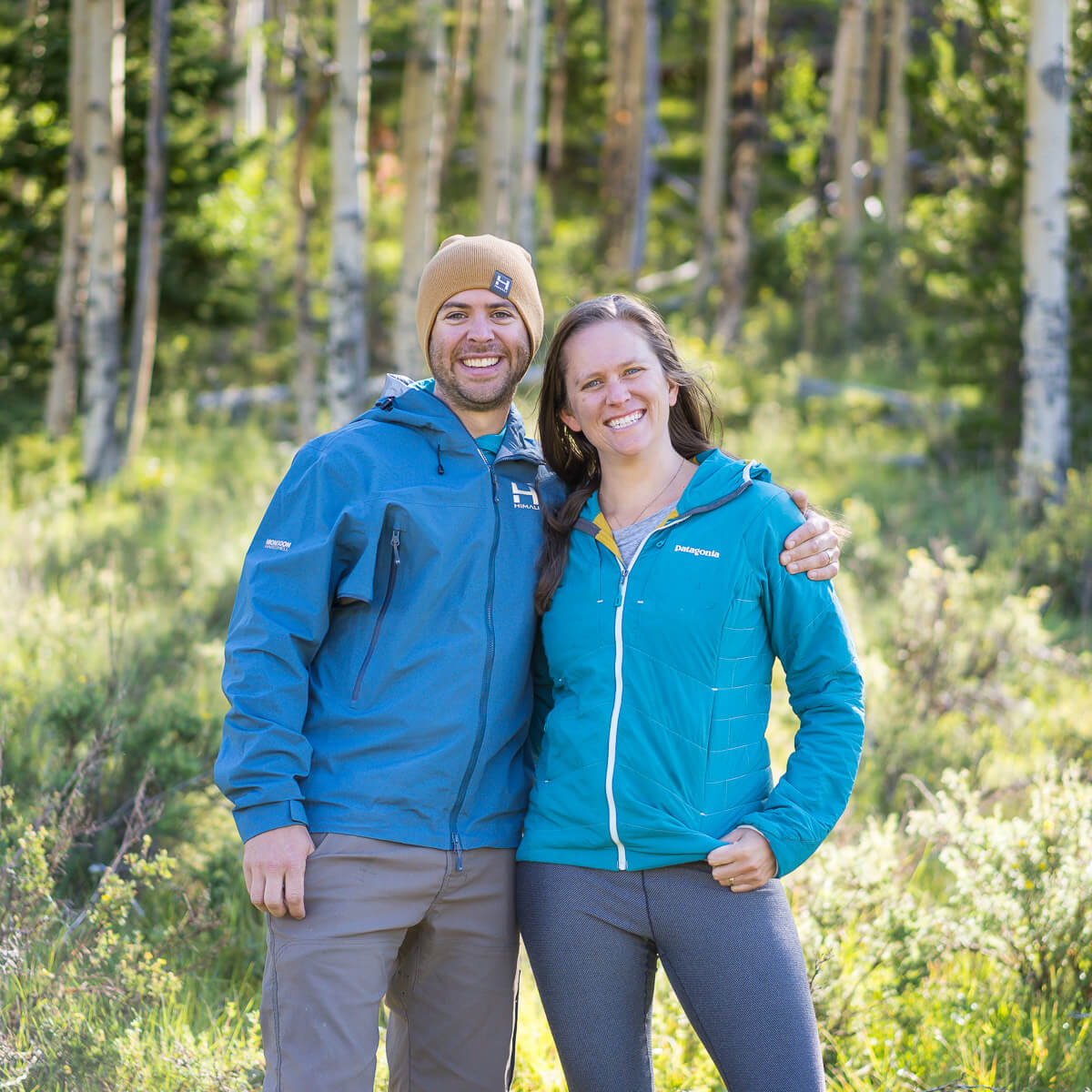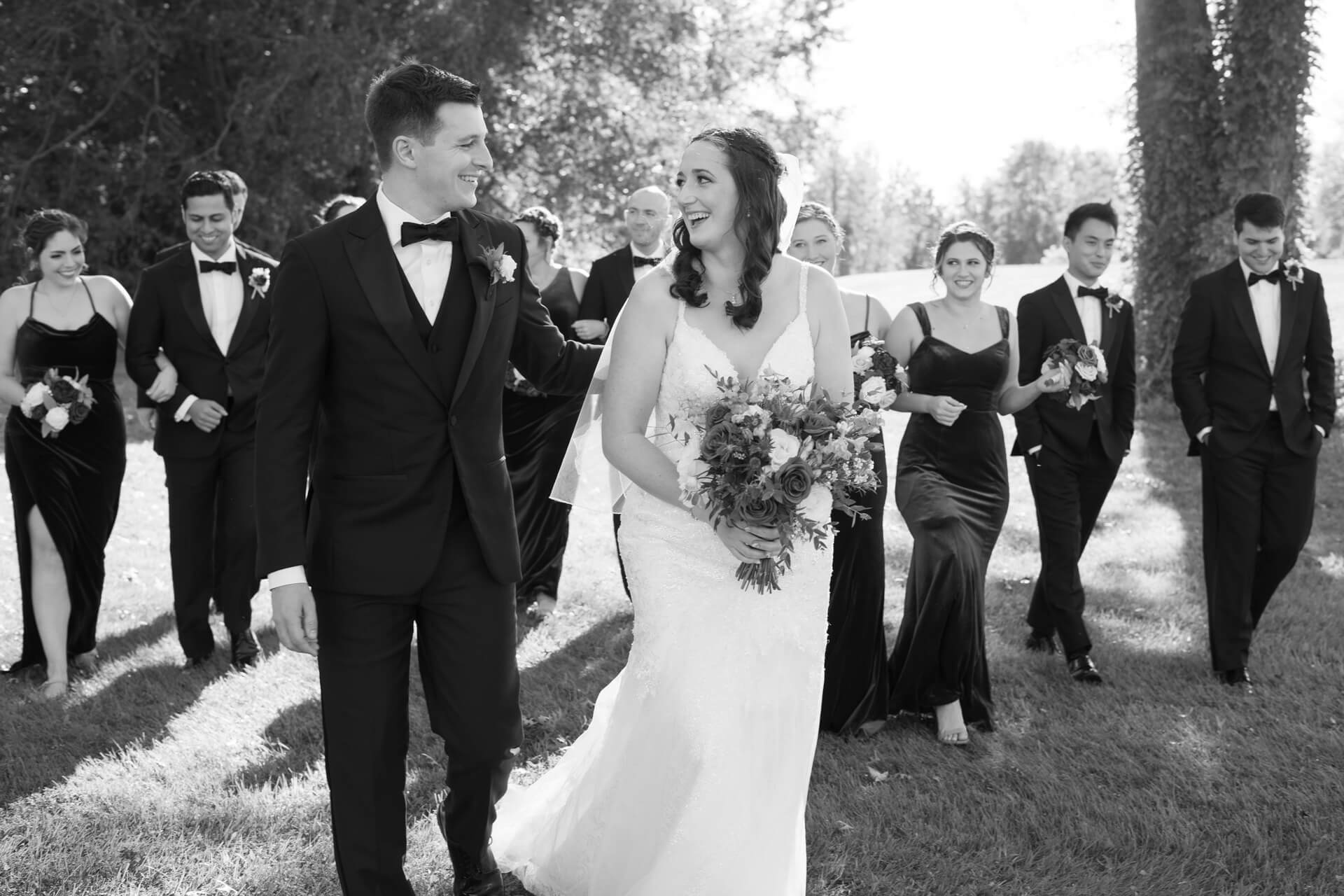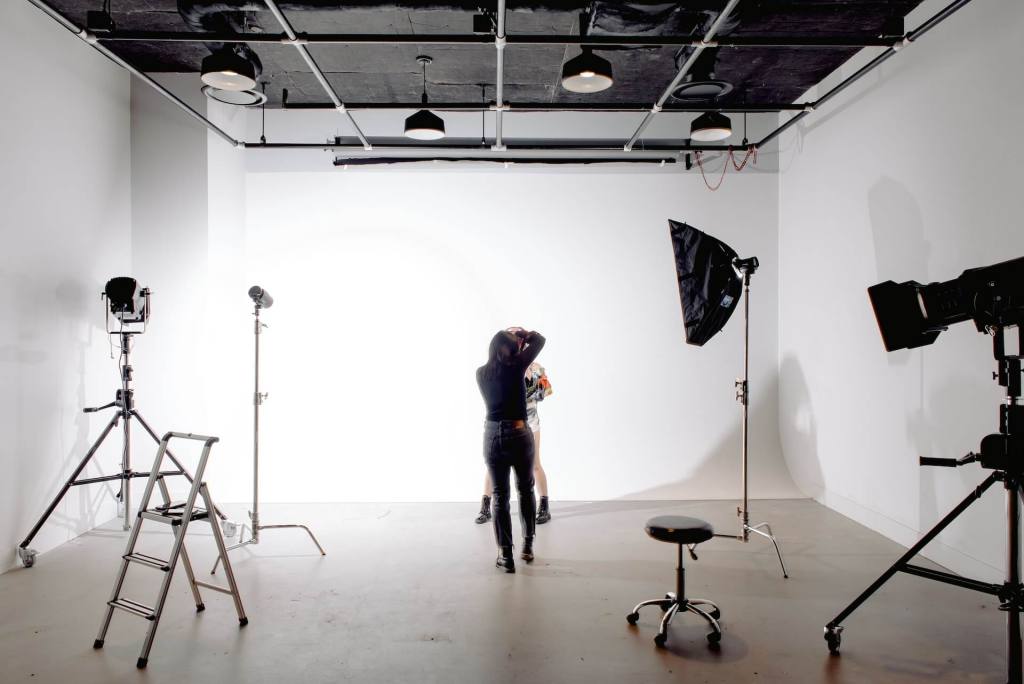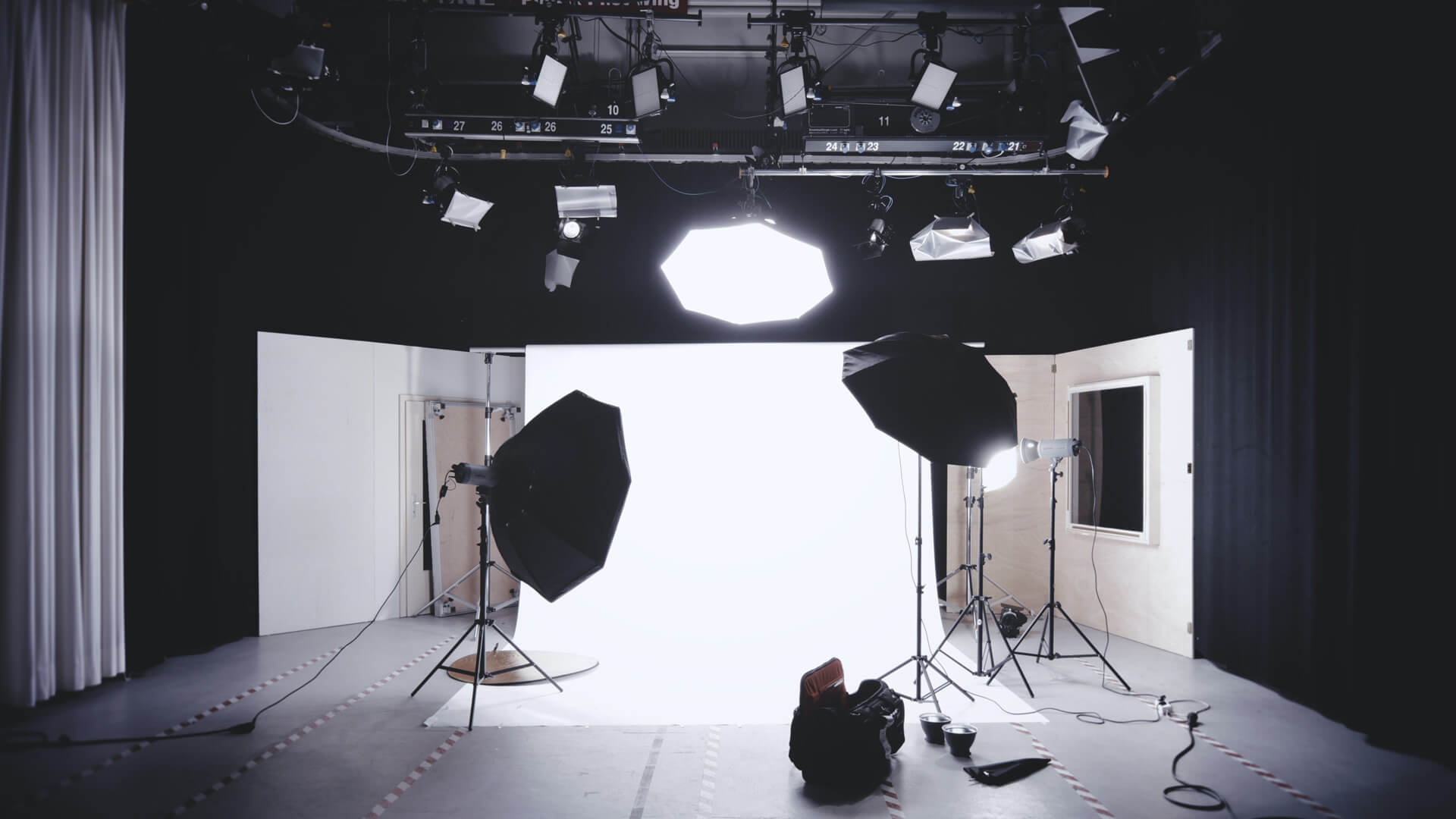Choosing camera lenses and gear is like planning for a vacation. For some people, it’s the best part of the whole adventure. The problem is that there are so many options out there it can be hard to make decisions, stay on budget, or figure out what you actually need. Today I’m going to talk about how we choose our photography gear, from the joys of the latest and greatest technology to not getting carried away with all the shiny objects.
There are a few different factors to consider when curating your list. What is your experience level, budget, and end goal? In other words, there’s no use buying gear that you can’t utilize, afford, or that won’t accomplish what you need it to.
From there, you’ll have to decide on brand, bodies, lenses, accessories, backpacks, and more. Let’s start by evaluating where you are, as that will play a big part in determining where to start. Then we’ll get into the nitty-gritty of the gear.
Camera Gear Decisions to Make
Before you get sucked into all of the details, take some time to evaluate your experience level, budget, and end goal priorities. Are you shooting at a hobby level or a professional level? What type of photography are you interested in?
For example, we work primarily as wedding, landscape, and adventure photographers. We’ve been doing photography and videography for over a decade, so we have learned what we need and what we won’t actually use. Some equipment will therefore be insufficient for our needs, while other gear can be overkill.
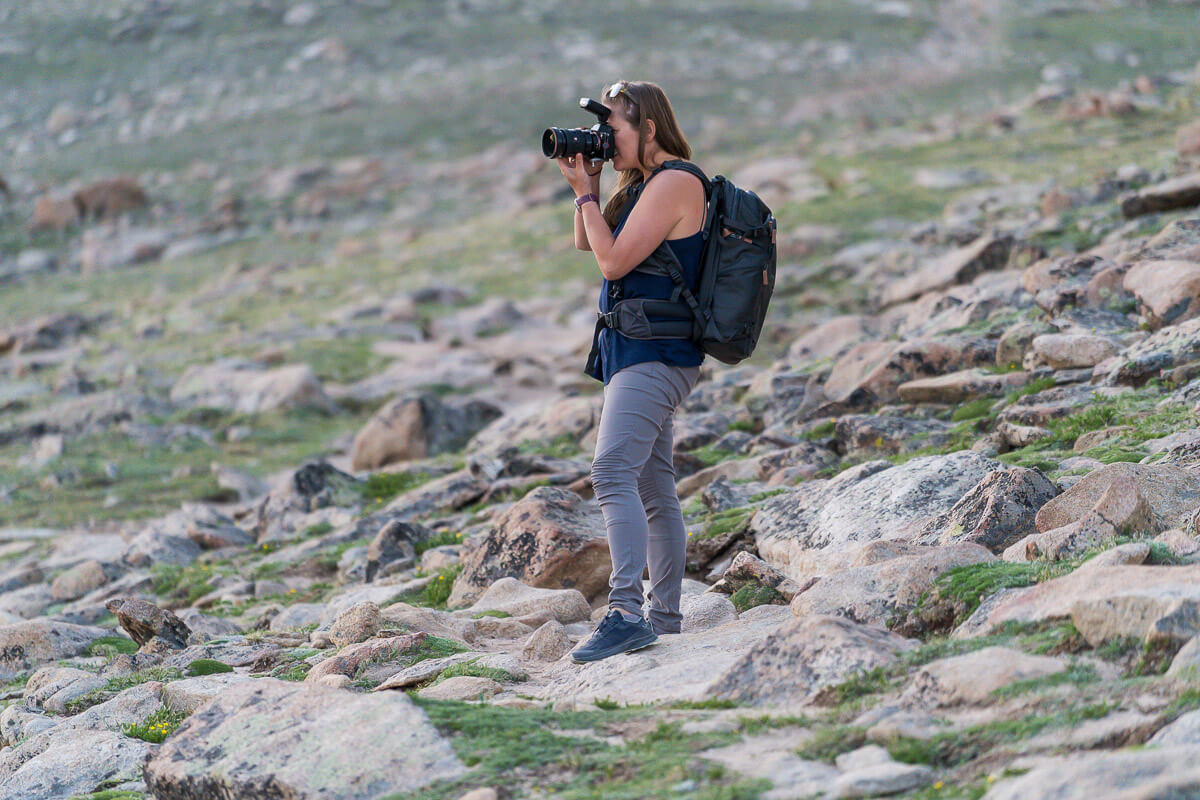
Our budget has to be big enough to ensure that we have functional, high-quality gear as well as backup equipment. And since we’re running a business, our budget goal is to be profitable, and overspending on gear is a surefire way to cut profits. And finally, our end goal is to create high-quality photo and video work for our wedding and commercial clients.
Gear Based on Your Experience Level
Let’s first address your experience level. If you are new and a beginner, my advice is to start building your kit in a way that it can grow as you do. While you don’t want to buy the fancy camera you don’t understand, you also don’t want to invest in something you will quickly outgrow.
One example is instead of buying a kit lens — which tends to be a generic zoom lens that doesn’t teach you how to shoot more interesting photos — buy one nicer lens with the goal of adding other focal lengths as you grow. While a kit lens is intended to be a beginner lens sold as a package deal with a camera body, it’s not likely a lens you’ll want long-term.
Regardless of your experience level, you need to balance where you are with where you want to be. You don’t necessarily need the latest and most expensive camera model when you’re just starting, but you do want to plan to grow and be able to buy or sell gear along the way.
Camera Equipment that Fits Your Budget
Before you go shopping, you need to set a budget. If you’re going to run a business, you’ll want to set a budget that doesn’t cut into your profits too much. If this is a hobby for you, it really depends on your household hobby budget.

For example, if you’re just starting out and are attempting to grow a wedding and portrait business, you could get a used mirrorless body for $900 and two lenses for roughly $650 each. That puts you at $2,100 for a pretty great set-up that can grow with you.
However, compare that to some professionals who have two camera bodies and five lenses, which will set you back closer to $10,000. You could also go more budget-friendly with an older body and less expensive lenses to get closer to $400.
Lenses and Gear that Help You Accomplish Your End Goal
The next factor you’ll want to investigate is your end goal. What subjects are you going to photograph? Do you need high resolution to print large format images? Do you need or want video capabilities?
Do you want more control of your shooting than you have with your iPhone? Chances are, if you’re reading this article, you’re interested in the art of photography — creating photos versus just taking snapshots. The cameras in our phones have gotten powerful and capable, but a “real camera” allows you to choose the settings and determine the exposure yourself.
Take some time to think through your priorities. Maybe you’re a travel photographer, so you need lightweight equipment, or perhaps you’re a wildlife photographer and will need huge telephoto lenses. Make a list of your priorities that you can use to evaluate your gear selections. Some options might be size, weight, durability, low light performance, fast focus performance, versatility, image quality, etc.
Choosing and Understanding Camera Brands
Next up, you’re going to have to choose a camera brand. The top professional-level camera brands are Canon, Nikon, and Sony. However, other brands, such as Pentax, Leica, Fujifilm, Hasselblad, and Olympus, have various specialties.
Canon has been a long-time frontrunner with excellent support and lenses, but they are expensive and were late to embrace mirrorless, leaving fewer choices at this time. Nikon is in a similar position, but they seem to have a loyal fanbase. Sony (our brand of choice) is incredibly innovative and on a growth path despite not having the track record of Nikon and Canon. They have been making some of the most innovative mirrorless cameras at excellent price points.
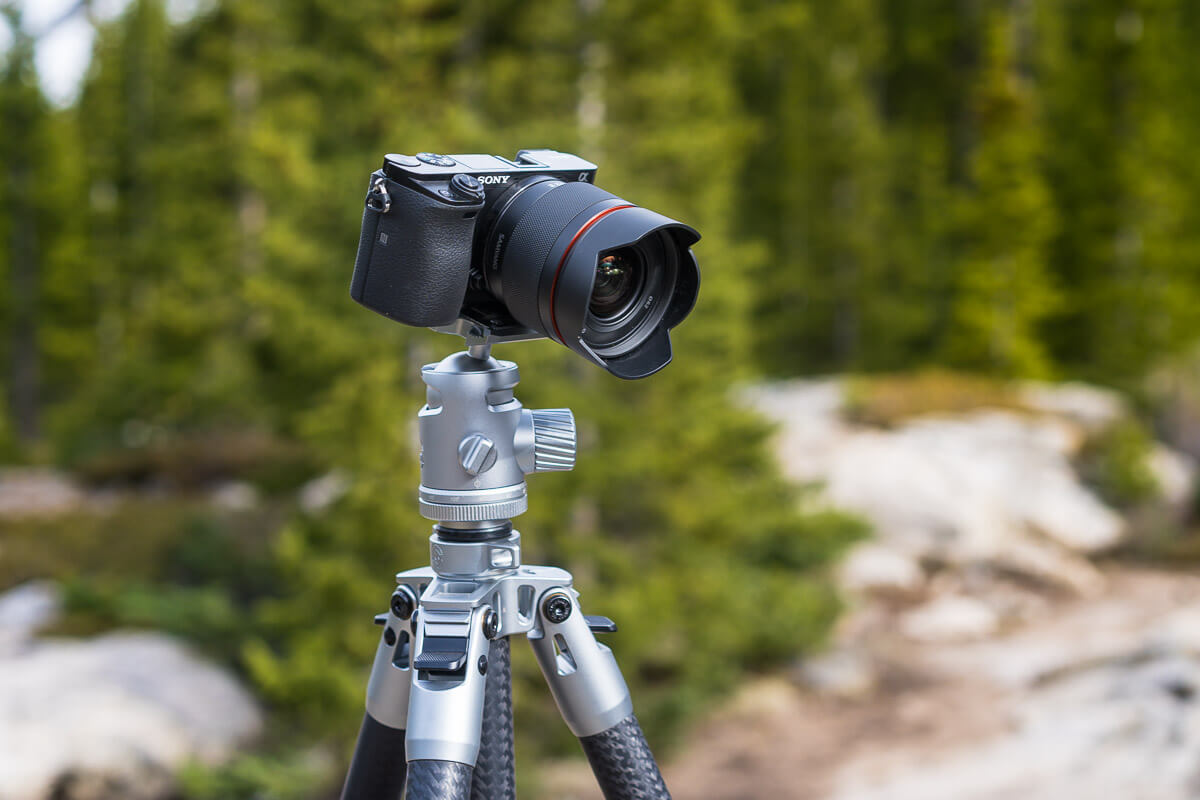
Two main reasons you have to commit to a brand are that once you start buying compatible lenses, you’ll have to sell all of your gear if you switch, and there can be a learning curve between systems. Switching is doable, though. We switched from Canon to Sony when we jumped on the mirrorless train, and it worked out nicely, even though it was a hassle to learn a new system.
Refer to your priorities and reasons for camera shopping, which will help guide your decision. If you need lightweight gear, this might be another reason to consider Sony. However, if you want a long track record of reliable gear or already have some lenses from an uncle, you might already be a Canon or Nikon shooter.
Choosing a Camera Body
Once you’ve determined which camera brand is the right fit for you, you’re going to start building your setup, beginning with the camera body and working your way to the lenses. Use your list of priorities to determine what you’re looking for in a camera. Do you need the latest and greatest, or are you more concerned with price?
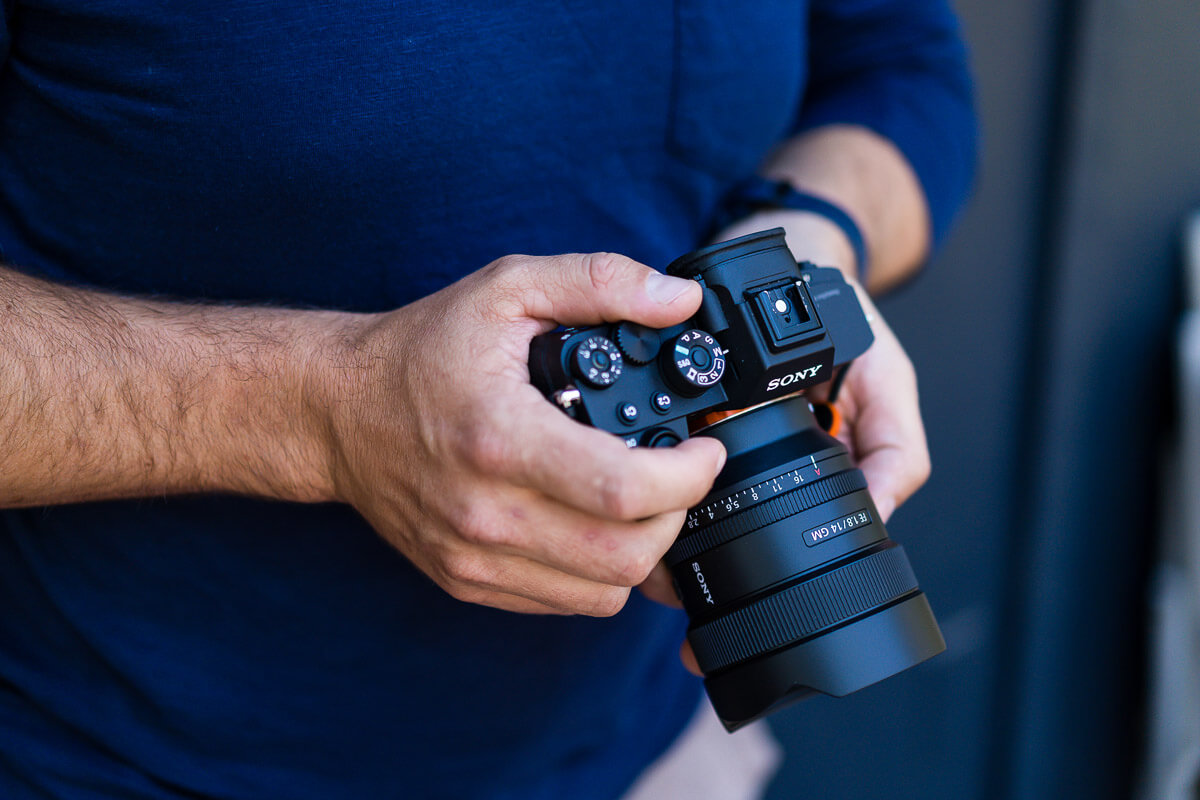
One thing to pay special attention to is if you’re buying a full frame or crop sensor camera because it will impact compatibility. Additionally, you might be interested in a mirrorless camera or a DSLR. Mirrorless cameras are the future and come in compact sizes with innovative features. Alternatively, DSLR cameras were the standard for many years, and you might find a great deal on some used equipment. They are solid, durable, and reliable, but older models won’t be as feature-rich in autofocus and high ISO performance.
As a case study, we’re always interested and impressed with how much tech can be packed into a small, lightweight camera. We don’t want to hesitate to bring a camera anywhere we’re going, nor do we want it to slow us down.
Choosing Camera Lenses
Next up, after choosing the camera body is to select the lenses. Arguably, this is the most important and most complex decision. Camera lenses are what separates a professional camera from the camera on your phone. Even though your phone might be able to create digital blur, it’s not quite the same as the depth of field that a low-aperture lens can do.
There are a variety of lenses to choose from based on your priorities and needs. I’m going to start by talking about the various focal lengths and how you might determine that based on your subject matter. Then we’ll talk about aperture, followed by the prime vs. zoom debate and shopping for third-party or second-hand gear.

Focal Length and Subject Matter
The focal length will be one of your big decisions, but it might be fairly straightforward if you already know the type of photography you’re interested in. If you’re interested in capturing big landscapes, you’ll want a wide-angle lens, whereas, if you can’t get close, such as with wildlife, you’ll be looking at a super telephoto lens. Many of us shoot more moderate focal lengths from wide-angle to telephoto.
We love a 16-35mm lens on the wide-angle end because it allows us to shoot landscapes and storytelling lifestyle images. On the telephoto end, we love the 70-200mm lens because of its flexibility and the compression it can create in certain scenarios. 50mm and 85mm are classic looks, with 85mm being a preferred portrait lens because of how flattering it is. Shooting portraits at 16mm will distort your subject, making them look stretched and oddly proportioned. In contrast, they will have a flattering and natural appearance at a longer focal length, like 85mm.
You’ll have your favorite focal lengths as you learn more about lenses and try them out. Many people find a focal length that matches how they see the world. Often, this is either a 35mm or 50mm lens. Other people love the effects of super telephoto and extreme wide-angle lenses, depending on the subject that interests them. As your photography skills grow, you’ll begin to pre-visualize what lens matches the look and feel of the image you’re trying to create.
Aperture
Next, we’ll dive into the topic of aperture. The aperture is the hole through which light passes. You might hear this described in f-stops or low-aperture lenses referred to as fast lenses.
The lower the aperture, the smaller the f-stop number, and the bigger the hole that light passes through. This means that a low-aperture lens is sensitive to light, making it better for low light where you might otherwise have to slow down your shutter (i.e., a fast lens translates to a faster shutter speed). You’ll want to dive deeper into aperture, shutter speed, and ISO if what I’m saying sounds foreign to you. You can read the comprehensive guide on all these camera settings here.
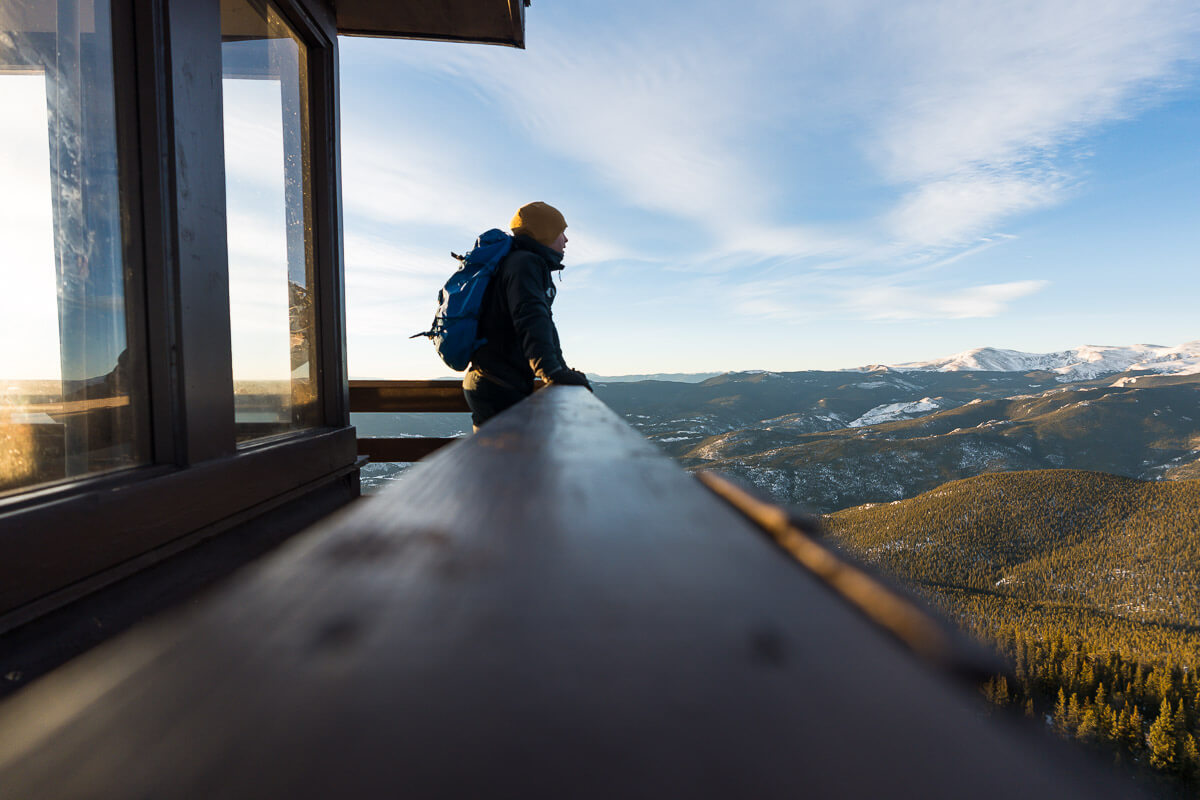
So if a low aperture is good because you can shoot in low light and create amazing bokeh (shallow depth of field or background blur), why wouldn’t all your lenses be low aperture? Price and weight are two big factors here. You may not be able to justify the extra cost or the extra size for a few stops of light.
If you’re shooting landscapes with a wide-angle lens, for example, depth of field isn’t really a factor, and you can always use a tripod and shoot on a slower shutter speed at a higher aperture. In fact, many people prefer this because it ensures the scene will be in focus from the foreground to the background. Conversely, slowing down your shutter isn’t an option if you’re shooting action sports in low light. Ice skaters move very quickly, and a dim ice arena will require higher shutter speeds to freeze the motion.
Prime vs. Zoom
Next up, we’re going to talk about prime versus zoom lenses. Earlier in the article, I mentioned (slightly bashed) the kit lens that comes with a camera when buying a set. It’s typically a mediocre zoom lens that’s considered a beginner lens, and my main argument is that I believe we learn more when we use a better lens.
The prime vs. zoom lens debate doesn’t make me feel like there is one right answer. What interests me is which lens you need for a particular scenario. My main complaint with zoom lenses is that they’re too flexible, and you can just zoom in and out without being intentional about your framing, while my main complaint about prime lenses is that they’re not flexible, and sometimes changing lenses slows you down.

Additionally, zoom lenses are heavier and often will either have a higher aperture or lose aperture range as you zoom. On the other hand, prime lenses are small and compact and often very good at one thing. This makes them inflexible.
I love a low aperture 35mm prime lens when I’m in a small room trying to tell a story. It’s lightweight and sharp and does one thing really well. I also love a 16-35mm lens that might be a little heavier but is far more flexible and allows me to capture a wider angle without changing lenses. Do you want one utilitarian lens or multiple specialty lenses, and how important to you are aperture, size and weight, quality, and speed?
Other Lens Factors
You may want to consider some other factors when it comes to choosing a lens. Sharpness is something that many photographers appreciate in a high-quality lens. You will have to pay a lot to get a sharp zoom lens, while prime lenses are naturally sharper at lower price points. This is where you will notice a big difference between the cheapest kit lens and a high-quality prime lens. Prime lenses produce sharper images resulting in more detail in the subject.
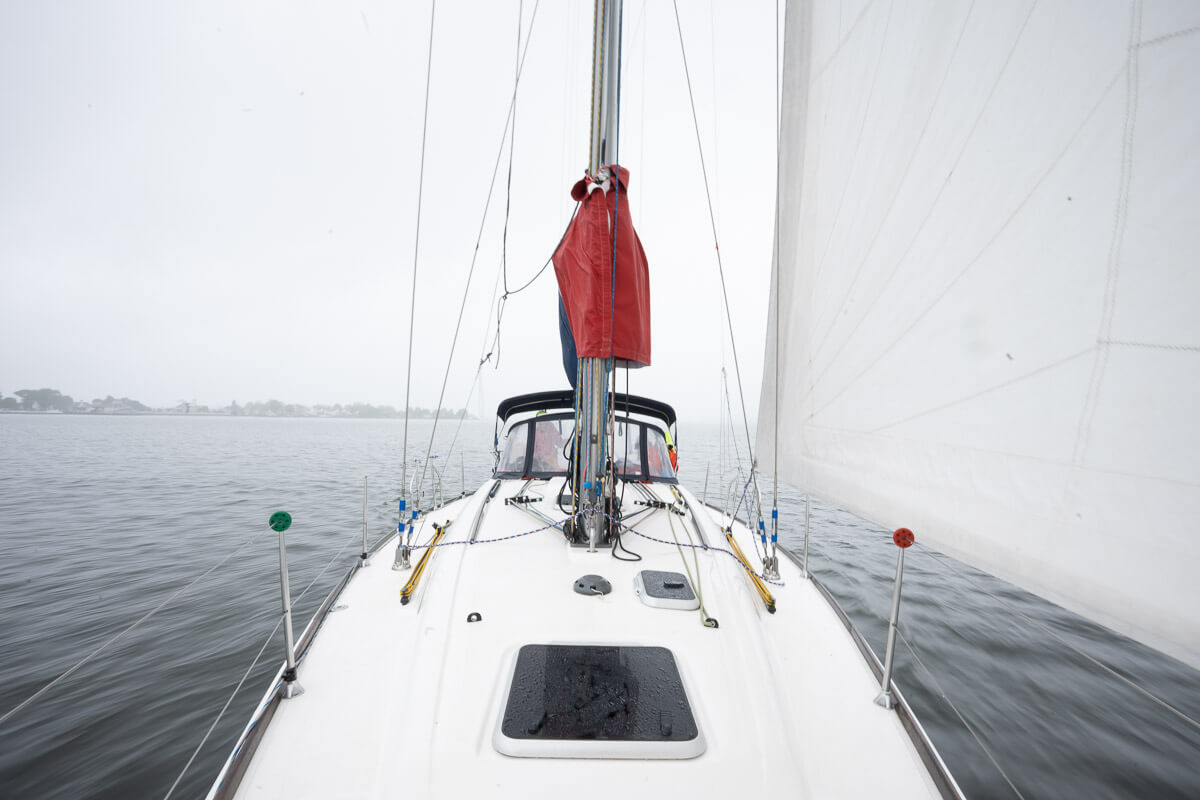
Another consideration is image stabilization. Many higher-priced zoom lenses will offer image stabilization which can help them produce sharper images in low-light situations. When you have to lower your shutter speed to compensate for not having a fast aperture lens, you may experience blurry photos due to inherent camera shake. Image stabilization will help to compensate for camera shake but only works with stationary subjects.
Other factors to consider when choosing a lens are price, weight, and compatibility with full-frame or crop sensors. These factors complicate the process since many manufacturers have so many options. The bottom line is often “you get what you pay for.”
Third-Party and Used Gear
Lastly, let’s talk about third-party and used gear. There are times when your budget might limit what you can get, and one way around that is to look at third-party and used equipment. We’ve personally bought a lot of gear second-hand with a lot of luck, and we’ve also experimented with third-party lenses to determine how they compare to brand-name lenses.
Many people are intimidated to buy used gear, but for the most part, marketplaces like eBay will have reputable sellers and a wide selection at varying price points. My main suggestion is to be patient and watch for deals. Over time, you can acquire a camera kit for a reasonable price as long as you are not in a big hurry.
If you want to buy new but don’t want the expense of a native brand lens, third-party offerings from brands like Sigma, Samyang, or Tokina can be a good choice. They offer good quality and performance at an excellent value. One thing to keep in mind is that they don’t hold their value quite as well as better known brand lenses like Sony, Canon, or Nikon.
Adding Any Accessories
Another thing to consider in your camera kit is how you will carry all your new gear. If you just have one camera and one lens, a small, simple bag may be a great option, but if you have a bigger kit, a backpack of some sort will likely be in order. Camera backpacks could be the focus of an entire article, but function is the main thing to focus on. There are so many bags to choose from, but the ones that stand out are the ones that work well with your style.
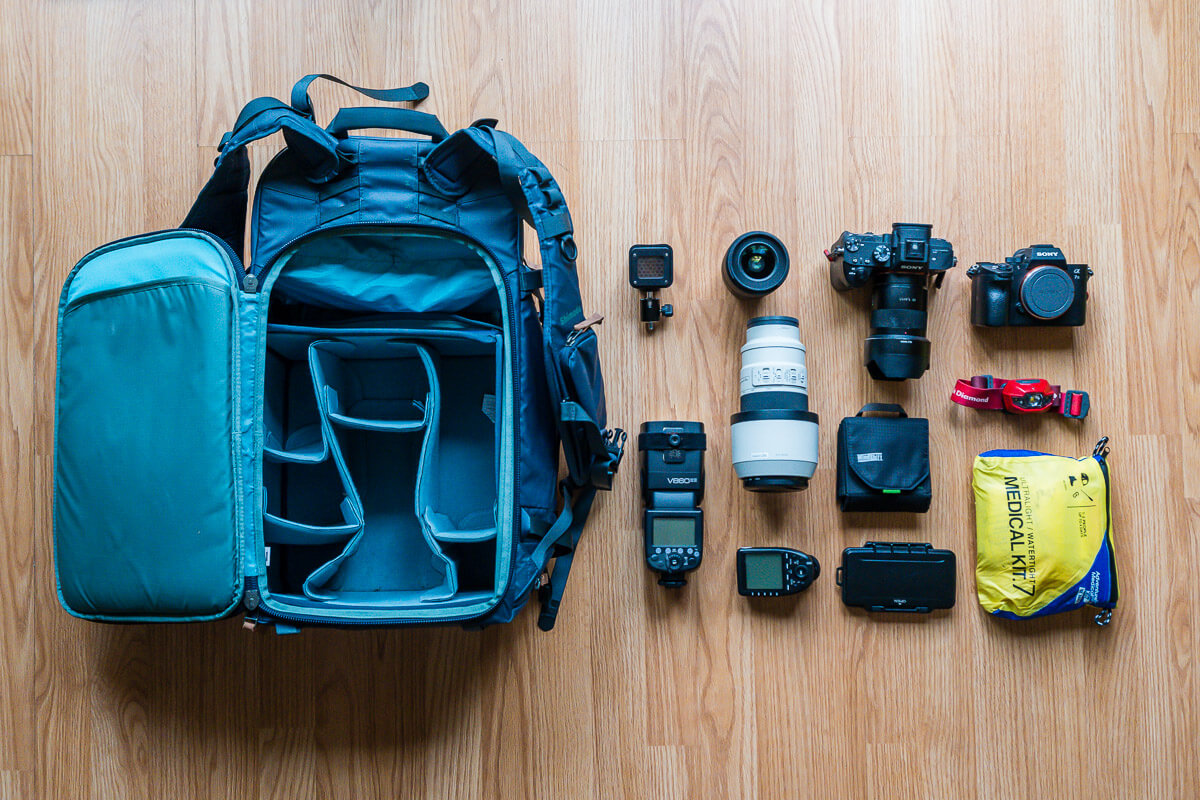
If you’re taking photos in wild places like we do, you’ll want a bag that carries well and has durable fabrics that resist the elements and harsh conditions you might encounter. There are numerous options, including bags from Shimoda Designs, F Stop Bags, LowePro, and Mountainsmith.
When it comes to straps, Peak Design has cornered the market. They make many incredible straps that fit a variety of scenarios by being quickly removable. There are also situations when a strap can be a hindrance, and we’ve found Spider Holsters to be highly effective. They are great for shooting events where a strap can often feel like it is in the way.
When it comes to accessories, you’ll often figure out what you need as you go, and because these items are relatively inexpensive, you can acquire them as the need arises. Be aware, having too much gear can be just as much of a hindrance as having too little!
Choosing Camera Lenses and Gear
Below is the five-step process we walked through to choose your camera lenses and gear. As your skills, budget, or goals evolve, you can always add on and grow. And likely you will.
My main recommendation for beginners is to start small and learn to use what you have. Having a bag full of expensive gear that you don’t even know how to use is no use; it will only bog you down. Simple is best.
- Set some priorities based on your experience, budget, and goal.
- Choose and understand the camera brands.
- Choose your camera body.
- Choose your camera lens or lenses.
- Add any necessary accessories.
Good luck finding the right camera gear, and leave a comment below if you have any questions!
Author Bio:
Marc and Brenda Bergreen are a husband and wife photo and video team based in Evergreen, Colorado. They photograph weddings and other adventurous stories in beautiful places.
